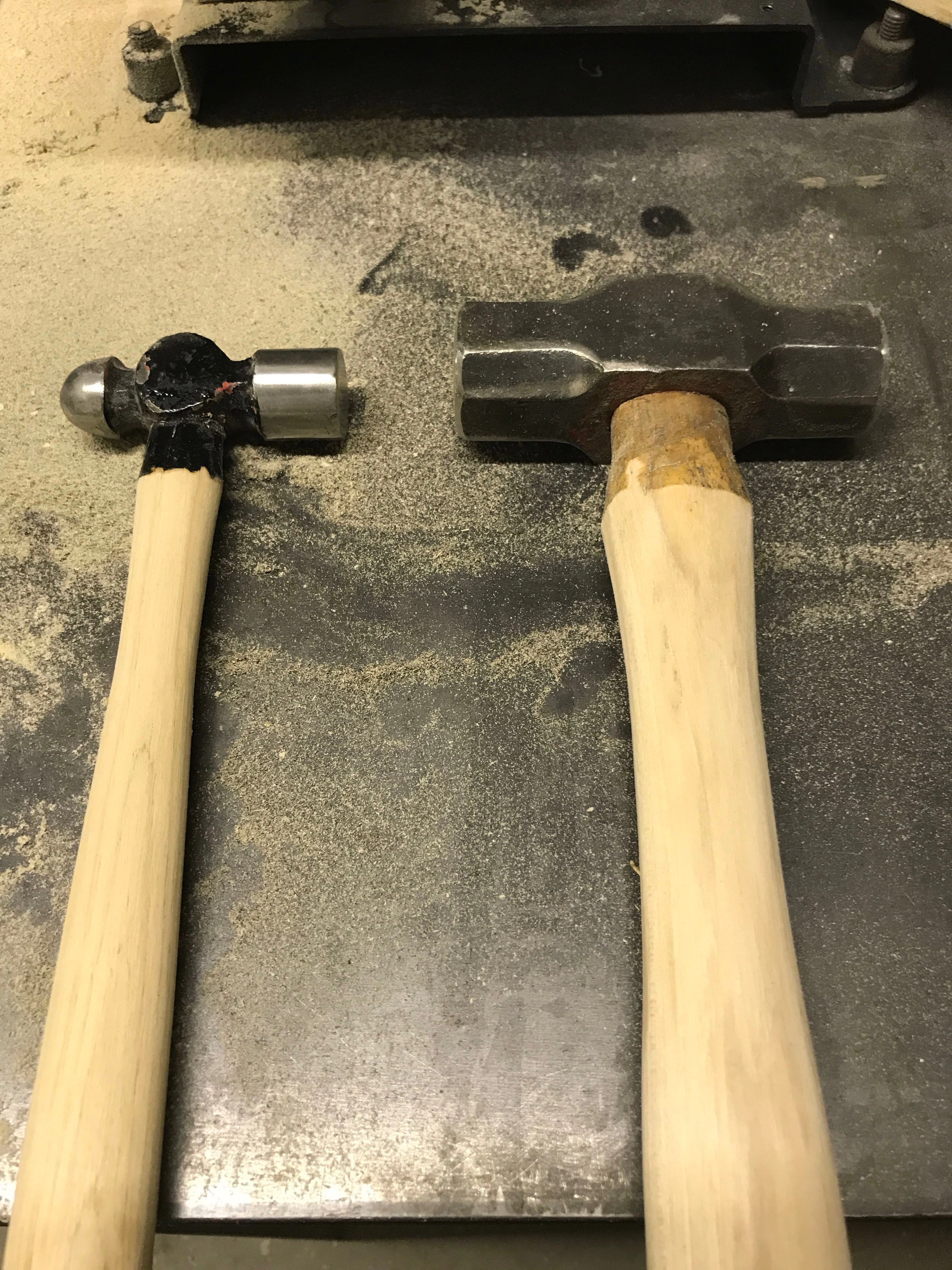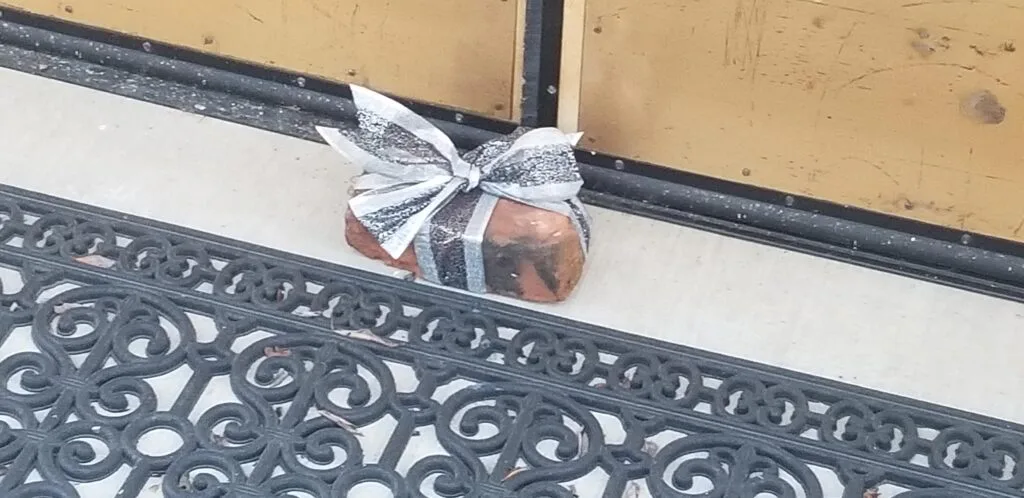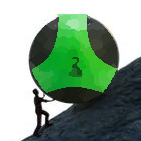I saw some footage where the bases of a lot of the palm trees were on fire but they don’t burn very well because they’re full of water so it just scars the bark and goes out pretty soon. Meanwhile all the shingle roofs are spreading fire from house to house in a flash.
Adding to what folks have said, one of the single largest factors in Wildland fires destroying houses is the widespread use of tarpaper or shingle roofs. Wildfires in high winds launch large quantities of extremely hot embers and even chunks of burning materials, and generally the way these fires spreads to houses is those landing on roofs or vegetation next to houses. Less flammable roof options such as corrugated metal, slate or tile are significantly more expensive, so they are not used generally.
So you will be SWATed by the HOA if your lawn grass is not the exact approved variety but they let you build the most flamable shit ever in the place that caughts on fire every year?
Living trees contain a good amount of water, and so don’t burn all that easily. Wood used in construction has most of their water removed, and so is easier to burn.
And yes, they build houses with wood in a fire-prone area. Quite the bold strategy.
And yes, they build houses with wood in a fire-prone area. Quite the bold strategy.
Genuine question, isn’t that bc of earthquake risk?
It is largely due to seismic requirements, yes. Platform framed wood construction is very good in an earthquake. Brick sucks for seismic, and concrete or concrete block can be good for seismic loading, but is expensive. Concrete might pencil out if you were building apartments, but that’s usually illegal in most parts of a west coast city.
Thanks for the reply. The older I get the more I wanna live in a dope concrete apartment building, and I don’t even live in an earthquake or fire risk area… (yet, who knows what’s in store)
The virgin flammable suburbian mcmansion vs the chad favela
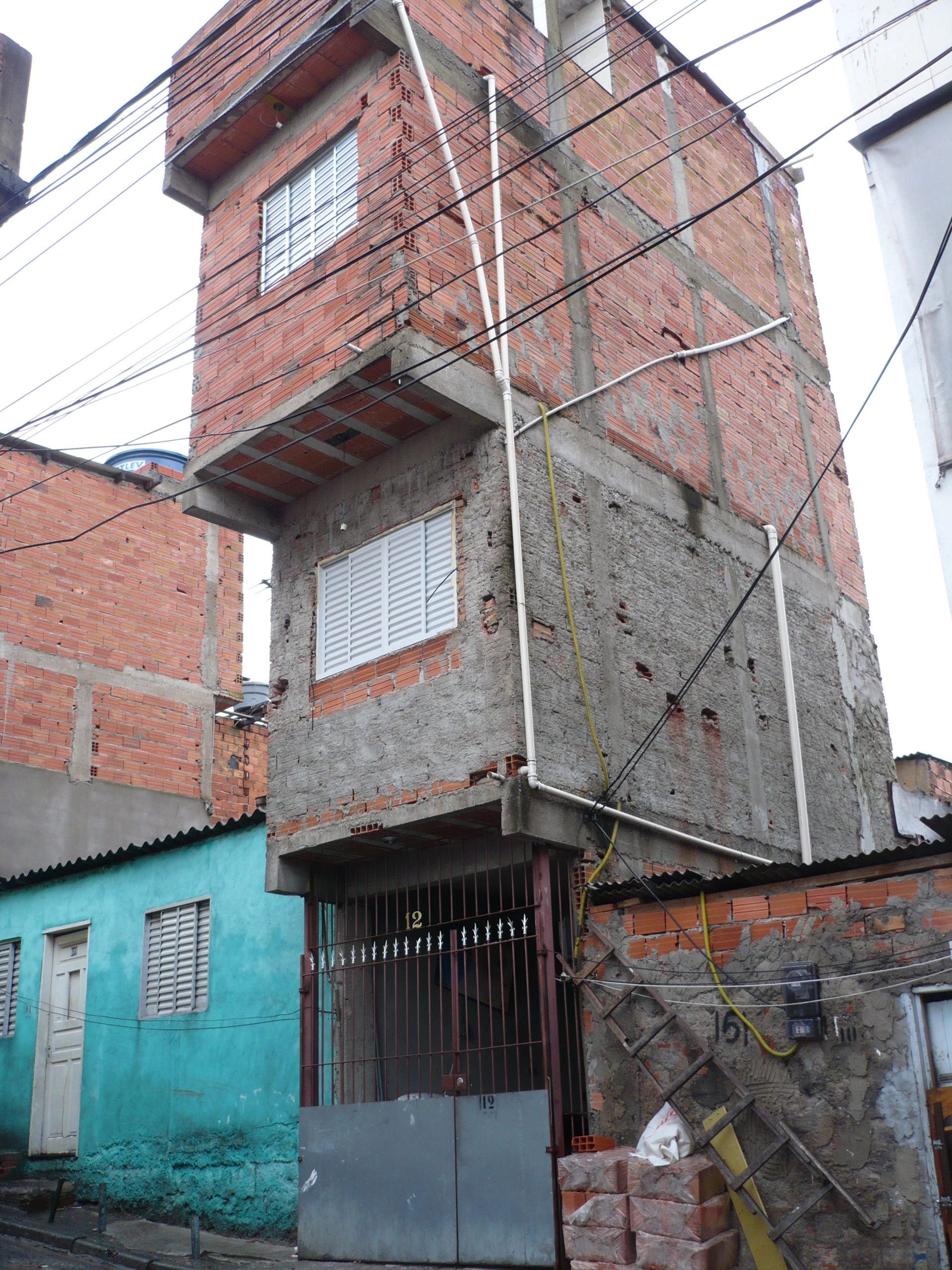
Minus the power lines, give it all a fresh coat of paint/stucco and that would look pretty dope I think.
Spread some public art and plant life around and I’m nearly there
Brightly-coloured bad urbanism is still bad urbanism
Where can I read more about this topic
I lived in Okinawa when I was a kid, pretty much every residential (in the built up southern half of the island at least) is an apartment building between 4 and 8 floors made of concrete. They withstood yearly typhoons and earthquakes so easily that the locals barely even sweated when they happened anymore, and I’ve always wondered why not one capitalist corporation has ever been able to make the calculation that building in a similar way (especially on the hurricane-prone East Coast) wouldn’t make financial sense in the long run.
“Whats the difference? The speed of technological advancement isn’t nearly as important as short term quarterly gains.” - Quark, Star Trek: Deep Space Nine [S4E7].
Yes… severe storms and tornadoes are unfortunately a factor where I live. I’ve seen neighborhoods here that look just as ruined as the one in the photo, sans ashes… and of course most of the new construction is lumber frame. I even saw a 4 story apartment building go up last year, all lumber. Seemed wild to me. One of the many ill effects of housing being considered a commodity instead of essential to human life, I guess.
Yes, and also they statistically contain less incriminating materials in the Diddy case.
You can make a house fairly fire resistant even with wood construction. Using cement siding.
I’m sure that would help on the margins but I wonder if a fire of this scale could easily ignite or carbonize the timber frame behind it anyway…
If the fire was very hot yes, but I don’t think these fires were particularly hot.
I would guess they all went up with a bit of spotting from embers blowing ahead of the fire front.
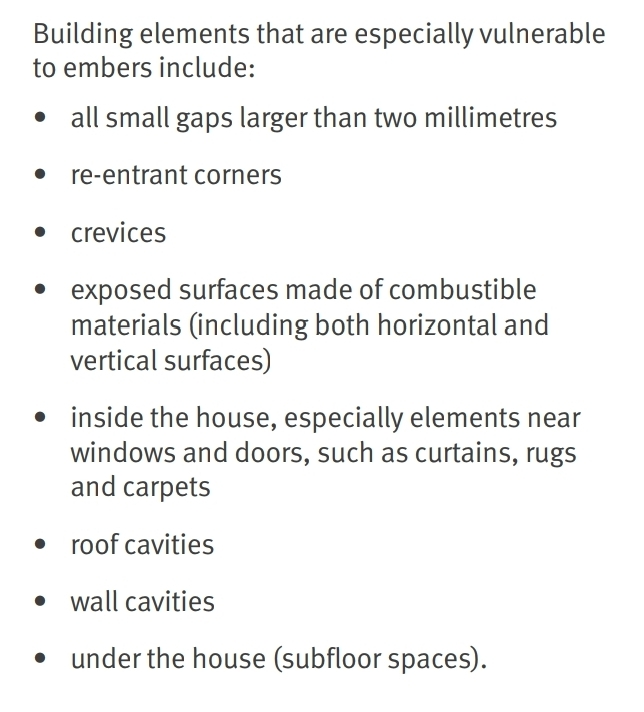
Just using metal mesh helps a lot.
Makes sense to me, thanks. That last one though… Not sure if crawlspace foundations are common there but if so I bet their vents were open. That’s horrifying to imagine embers blowing in and turning your crawlspace into a bellows
Live trees have lots of water.
American modern, single family home building standards are a total joke compared to much of Europe and Japan / SK.
Almost all new homes are made of (dehydrated) wood, dry wall and fiberglass insulation, not brick, not concrete, not masonry.
Any brick, or masonry you see is very likely to just be a superficial thin veneer, concrete is basically only used in foundations, and that’s becoming less substantial and more rare as well.
Its also become very common for just plastic (polyurethane, vinyl) to be used in flooring, external siding, and roofing.
The only exceptions to this, for single family homes, are basically from before the 1960s, and most of these are basically falling apart as the cost of maintenance is unaffordable to most people living in them, with the exception of some basically wealthy ‘old money’ neighborhoods in certain areas.
When I was working construction, we had to put so many doodads onto buildings made of plastic or shitty plaster to look like brick/stone/whatever. And it was all cheap garbage, but the bourgeois owners wanted it on their buildings.
I have a story about these horrifying $50,000 plaster columns this trophy wife wanted that didn’t actually support anything and didn’t match the rest of the house. But hey, it’s your money. Don’t listen to your architect or the stone masons you hired who all recommended doing it for less money using matching hand-cut stone. They also insisted on ordering this expensive ass fireplace mantle made of shitty material instead of letting the carpenter or mason do a custom, more personal piece.
There was so much shit going on with that house and it had over $1 million budget pre-recession. I imagine there’s even more in LA.
I thought Home building standards in Japan are also, just seen on a technical level, fairly bad because it’s common to just bulldoze and rebuild? Excluding something like earth quake resistance
The government passed the Long Life Housing act in 2009 to try to change that.
Building codes in Cali are different due to earthquakes, and wood becomes a much more tenable option for many.
Brick houses? In this economy??
No modern houses in the US are basically made out of kindling, cheap and fast to erect.
Also plenty of petrochemicals
The amount of energy needed to completely burn down a tree is higher than the amount of energy to burn down a house.
The fuel to feed a fire around a tree is likely just going to be the surrounding vegetation, so lawn grass. The grass catches quickly, burns up, tries out the nearby grass, the fire moves to the new dry spot and dies out in the previous spot.
A house is just full of fuel and surface area for a fire to catch.
Another way to express this is that bark is more fireproof than vinyl siding.
The density of houses would also contribute significantly here.
At least where I live (suburban Australia), eucalyptus trees are common street trees and have evolved to regrow after fire and even in some species only release seed after fire (heat and smoke is required to crack open the pods). Others like paperbarks only lose their outermost layer to the fire and then regenerate afterwards. I guess what I’m trying to say is that some trees are surprisingly resilient even in urban settings. From what I understand, eucalypts aren’t uncommon in California and I wouldn’t be surprised if the other street plantings in LA included native species that are similarly adapted.
Almost all native trees of California are also fire adapted, because we have had large annual wildfires for a long ass time. I obviously can’t tell what kind of trees those are, but this is a common trend with wildfire damage
Eucalyptus are common in California but they are invasive.
The common eucalyptus in California is the blue gum, which has adapted to burn itself down and take the rest of the forest with it (the fire climbs the bark into the canopy and ignites the leaves, which are full of flammable oil). It’s understood to be a wildfire hazard out there.
“And I’ll huff, and I’ll puff, and I’ll burn your house down!”
Maybe they should build tree houses.



